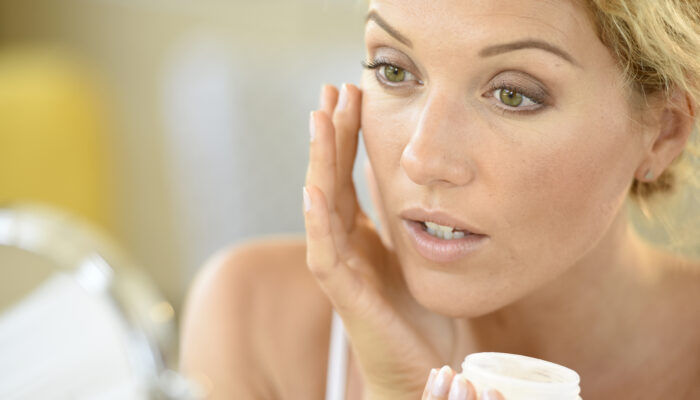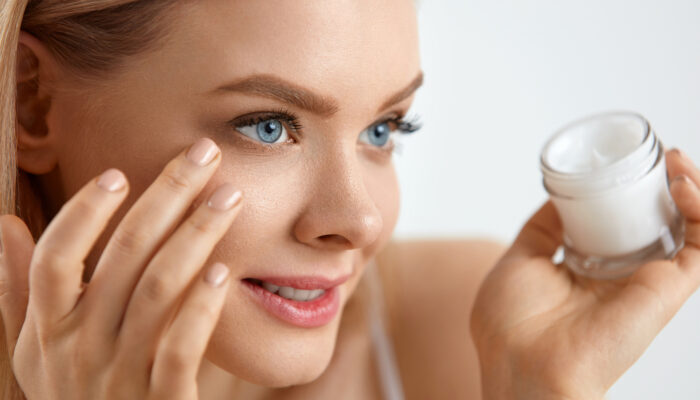
The procedure of laser skin resurfacing
Laser skin resurfacing is an excellent method to remove age spots, wrinkles, acne scars, and is helpful for various other skin conditions and makes the skin tighter and more even. This treatment should be performed with great care and precision as it can have a lot of side-effects that can harm the skin to a great extent. The cost of laser skin resurfacing is not covered by medical insurance as it is a cosmetic procedure. Mostly, the price of the treatment will depend on the types of lasers utilized in the treatment. The approximate cost of non-ablative laser treatment will be around one thousand dollars for every session, and ablative laser treatment will cost about two thousand to three hundred dollars for every session. The procedure of laser skin resurfacing includes a few steps:
Before the procedure
Before starting the procedure, the skin care specialist will want to know about one’s medical history and medications as well as their current medical condition and medications. After this, the doctor will examine the patient and their skin tone. During this step, one must ask their queries about the treatment, their expectations, and the risks of the treatment. If one has a history of herpes infection, their doctor will prescribe certain anti-viral medicines before the treatment. One must avoid unprotected exposure to the sun two months prior to the treatment.
During the procedure
During the procedure, a topical anesthetic is applied to the area of the skin that is being treated by the skin care specialist. The topical anesthetic is mostly utilized to decrease the pain caused by the treatment and to make you more comfortable in getting the treatment. The doctor will prescribe you some painkillers or sedatives if a large area of the skin is being treated. After this step, the skin is cleaned so that the doctor can remove excess dirt, oil, or any bacteria. After cleansing the skin, the doctor will start the procedure with the utilization of the selected laser. The selected laser will move around the affected area of the skin very slowly. This way, the laser skin resurfacing treatment is completed, and then the doctor covers the treatment area with wraps so that the skin is protected from any damage when the procedure is complete.
After the procedure
After the ablative laser treatment, your skin will look more swollen, raw, and itchy. Consequently, the doctor will apply a thick ointment on the treated area and cover it with a dressing, which should be airtight and watertight so that the treated area is protected from any harm. This procedure may cause pain, which means one must take painkillers and can also apply ice packs to that area. The doctor will also provide a proper explanation of the care one must take after the procedure. Recovery after non-ablative laser treatment is also helped by the use of ice packs on the skin.



